Diabetes in cats presents many owners with major challenges, especially when it comes to nutrition. Choosing the right food is crucial to supporting your cat's health and regulating blood sugar levels.
A suitable cat food for diabetic cats should have few carbohydrates and a low NfE value in the dry matter, ideally below 10%.
In this article, you will learn how to choose the right food for your diabetic cat, which ingredients should be avoided, and get tips for everyday life with your four-legged friend.
Diabetes in cats: Why the right diet is crucial

Diabetes in cats is a serious condition that affects the animals' blood sugar levels. When a cat has diabetes, its body does not produce enough insulin or cannot use the insulin it has effectively. This results in glucose not being properly absorbed into cells and remaining in the blood, raising blood sugar levels. Proper nutrition therefore plays a critical role in the treatment of diabetes, as it can help stabilize blood sugar levels and support the cat's health.
Choosing the right food is crucial to regulating blood sugar levels in diabetic cats. It is important to choose foods that are low in carbohydrates , as carbohydrates turn into glucose after digestion and can increase blood sugar levels. Cats are carnivores by nature, and their diet should consist mainly of proteins and fats. This means that high-carbohydrate foods such as grains or sugar should be avoided in their food.
When choosing food for a cat with diabetes, the following points should be considered:
- High protein content : Proteins are more important for cats than carbohydrates.
- Low proportion of quickly digestible carbohydrates : These can cause blood sugar levels to rise quickly.
- High-fiber foods : Fiber can help slow digestion and stabilize blood sugar levels. The exact composition of the food should always be discussed with a veterinarian to ensure that it meets the individual needs of the cat.
In addition to choosing the right food, it is also important to adjust the feeding routine . Diabetic cats often benefit from several small meals throughout the day rather than one or two large portions. This helps to keep blood sugar levels more consistent. Fresh water should also always be available, as good hydration is crucial for the health of diabetic cats. In collaboration with the veterinarian, a feeding plan can be created that will help manage your cat's diabetes and promote their well-being.
Which food for cats with diabetes? Selection and tips

If you have a cat with diabetes, it is important that you pay particular attention to their food choices. Cats require a diet that is high in protein and low in carbohydrates. This is especially important in cats with diabetes, as their bodies have difficulty processing glucose. Therefore, the main focus should be on wet food-based diets that have a low glycemic index and thus have less impact on blood sugar levels.
When buying cat food, pay attention to the ingredients list and nutritional information . Avoid products with high grain content and added sugar, as these can raise blood sugar levels. Suitable food options for diabetic cats are usually:
- Grain-free wet food.
- Food with a high meat content.
- Diet foods specially formulated for diabetic cats.
It's not just what you feed that matters, but how you do it. Diabetic cats benefit from a regular feeding routine with several small meals throughout the day to keep blood sugar levels stable. Fresh water should always be available, and treats should be given in moderation and sugar-free.
Some cat owners tend to buy special diabetic food, but it is not always necessary. Some of these products contain unwanted fillers and carbohydrates. Instead, high-quality, regular wet food without grains and sugar can often be an equally good or even better alternative. It is important that you compare the ingredients and nutritional values and, if in doubt, ask your vet for advice.
In summary, choosing the right food can make a big difference in the life of your diabetic cat. Make sure to feed a high-protein, low-carbohydrate diet , check food labels regularly, and adjust the feeding routine to your cat's needs. With these tips, you can support your cat's health and help her lead a happy and active life, despite diabetes.
Frequently asked questions about feeding cats with diabetes
Cat owners often ask questions about feeding their diabetic cats to best support their health. A common question is whether cats can develop diabetes if fed a high-carbohydrate diet . The answer to this is that a high intake of carbohydrates can actually lead to an increase in blood sugar levels, thereby increasing the risk of diabetes. Therefore, it is important that the food for diabetic cats has low carbohydrate levels . It is also important to check food labels carefully , as many brands have different compositions and even within a brand, the composition can vary from product to product.
Another concern is how often and how much should cats with diabetes be fed. Experts recommend feeding diabetic cats several times a day to keep their blood sugar levels stable. Here are some tips for the feeding routine:
- If possible, feed your cat every four hours.
- Make sure that the same amount of food is available at the same times as possible, even at night.
- Consider using an automatic feeder that opens a fresh bowl of food at pre-programmed times to ensure regular feeding even when you are away. It is also important to act quickly if your cat refuses to eat and, if necessary, feed it with a syringe to overcome a crisis.
Finally, it is crucial to know what to do if a diabetic cat refuses to eat. In such cases, immediate action is required, as missing food can have a dangerous impact on blood sugar levels. One option is assist feeding, using a syringe without a needle, to ensure the cat is getting the nutrition it needs. Depending on the underlying cause of the refusal, such as pancreatitis or kidney disease, this method may be necessary for a few days . Regular check-ups with your vet are essential to monitor your cat's health and adjust the feeding strategy if necessary.
With Flappie's intelligent cat flap to a prey-free home
Imagine coming home and no longer finding any unwanted "gifts" from your cat. That's exactly what Flappie makes possible with its intelligent cat flap, which uses artificial intelligence to detect prey animals and only allows your cat access if it comes home without any prey. This system offers you the following advantages:
- Selective access control : The cat flap remains closed if your cat tries to get into the house with prey.
- Prey detection by camera : A camera with AI technology identifies prey and prevents your cat from bringing it into the house.
- Flappie App : With the app you can control the cat flap remotely, receive push notifications and view videos and photos of your cat. The smart cat flap is not only an innovative solution for a clean home, but also offers you the opportunity to gain insight into your cat's life and keep unwanted prey out.
Installing the Flappie cat flap is a simple step towards a prey-free home. You can easily adjust the flap to your entrance and make all settings via the Flappie app. The app also offers you exciting insights and visualizations about your cat's hunting behavior . Here are some highlights of the app's features:
- Notifications : You will be notified immediately if your cat tries to come home with prey.
- Photo Gallery and Videos : Get high-resolution photos and videos of your cat – perfect for capturing special moments.
- Insights into nightlife : The camera also works at night and gives you insights into the activities around the cat flap. With the Flappie cat flap and the associated app, you can intelligently control your cat's comings and goings while ensuring a clean and prey-free home.
Frequently Asked Questions
What can a cat with diabetes eat?
A cat with diabetes should be fed a diet that is high in protein and low in carbohydrates. Wet food-based diets with a low glycemic index are preferable. Avoid foods high in grains and added sugars. It is also important to maintain a regular feeding routine with several small meals throughout the day and to always provide fresh water.
Which wet food for cats with diabetes?
For cats with diabetes, grain-free wet foods, foods with a high meat content and diet foods specifically formulated for diabetic cats are suitable food options. It is important to compare ingredients and nutritional values and, if in doubt, ask your veterinarian for advice.
What causes diabetes in cats?
A high intake of carbohydrates can lead to an increase in blood sugar levels and thus increase the risk of diabetes. Therefore, carbohydrate-rich foods should be avoided to minimize the risk.
Which meat for cats with diabetes?
For cats with diabetes, meat with a high protein content and a low proportion of quickly digestible carbohydrates is recommended. Products should be chosen that consist mainly of meat and do not contain undesirable fillers or carbohydrates.
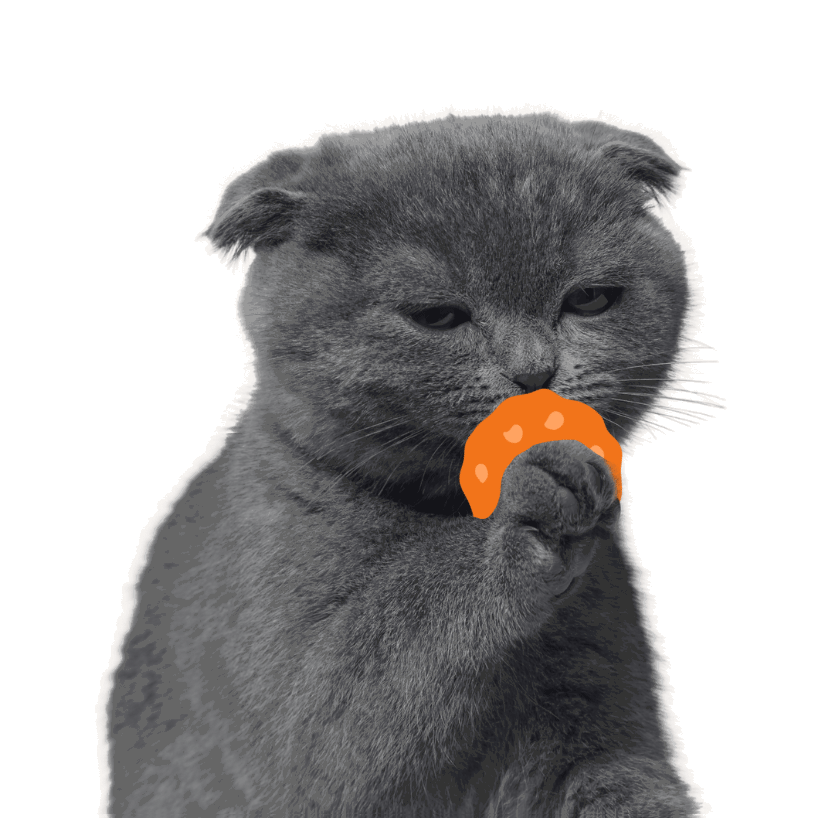
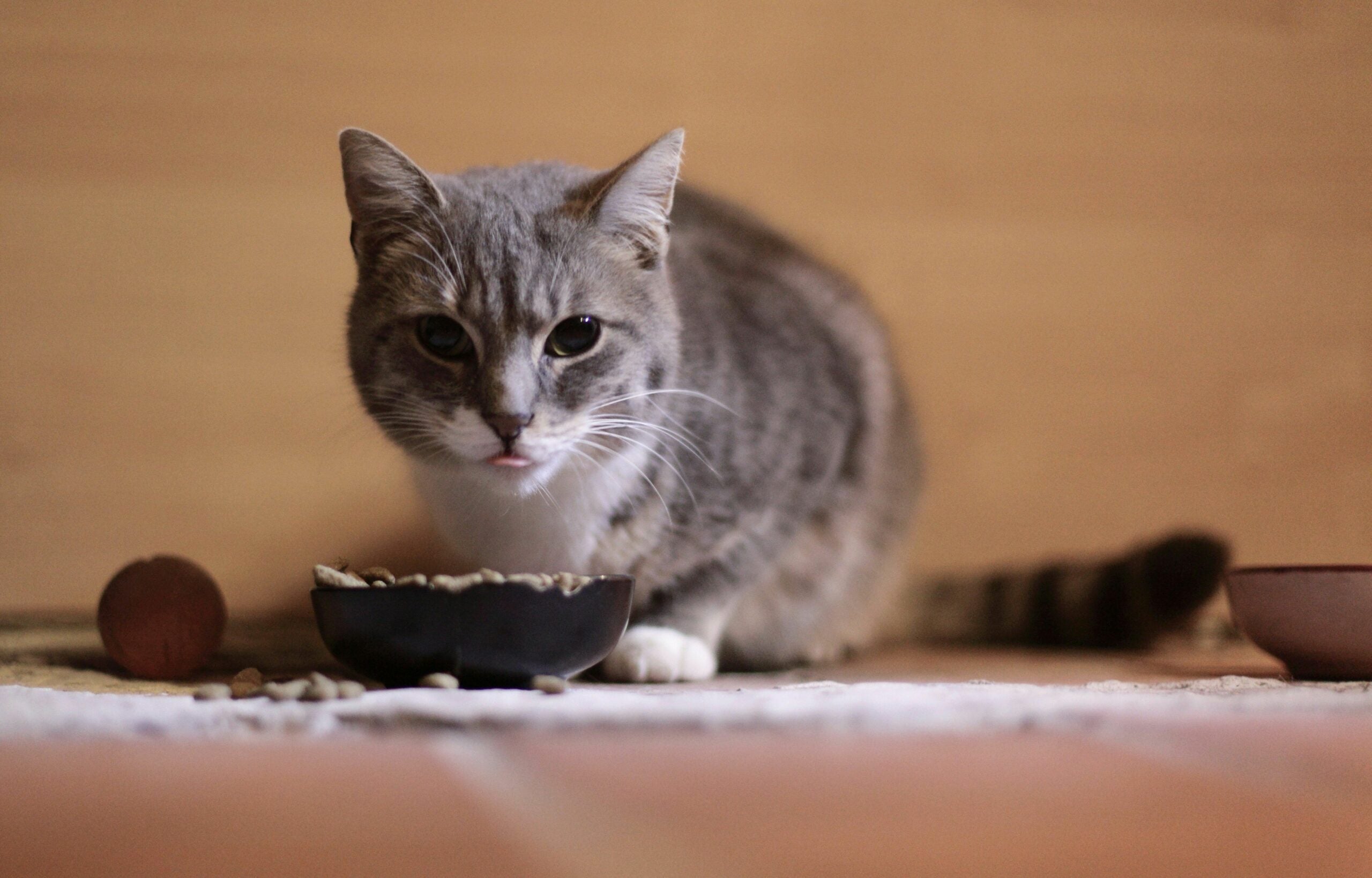
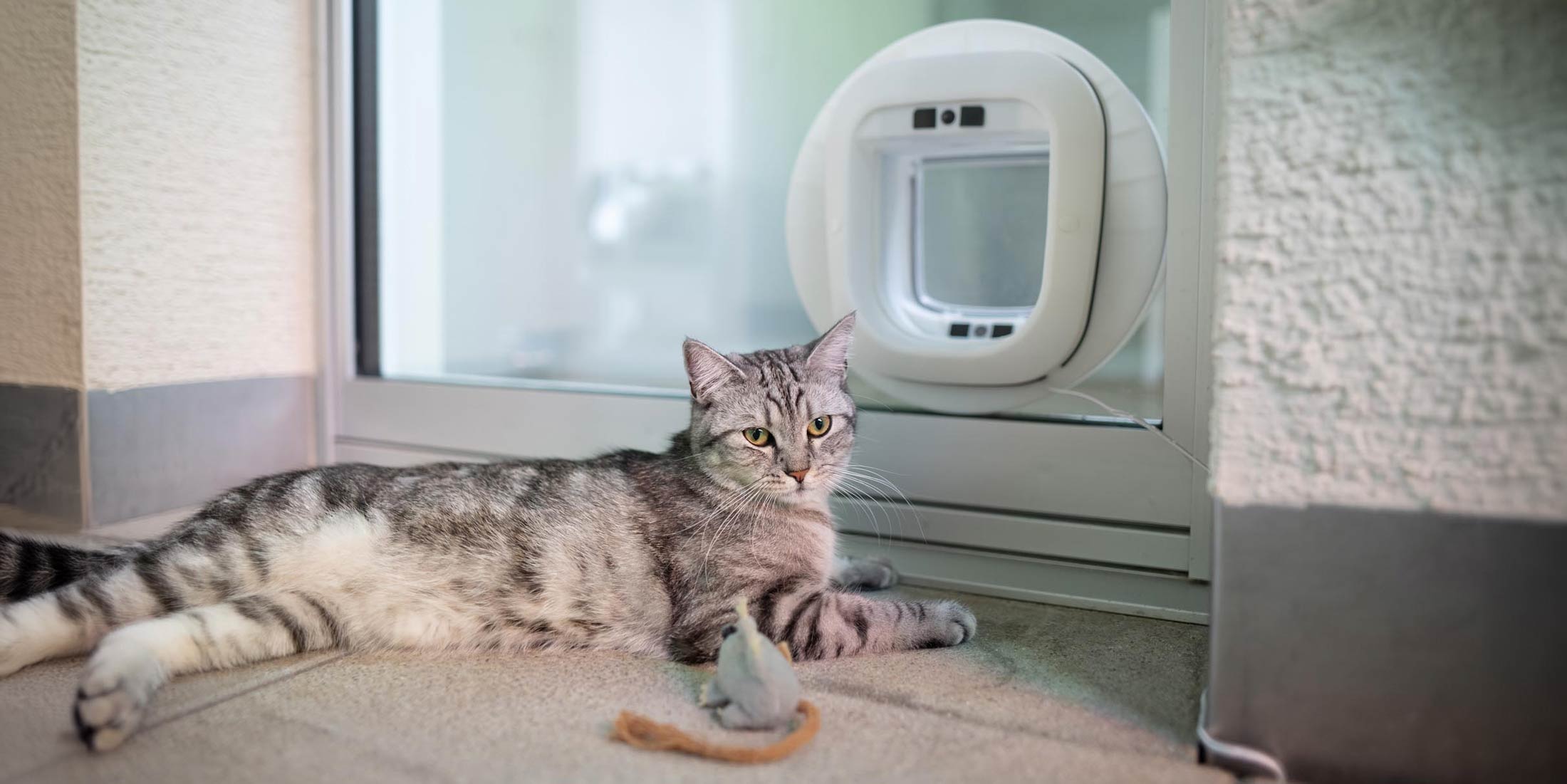
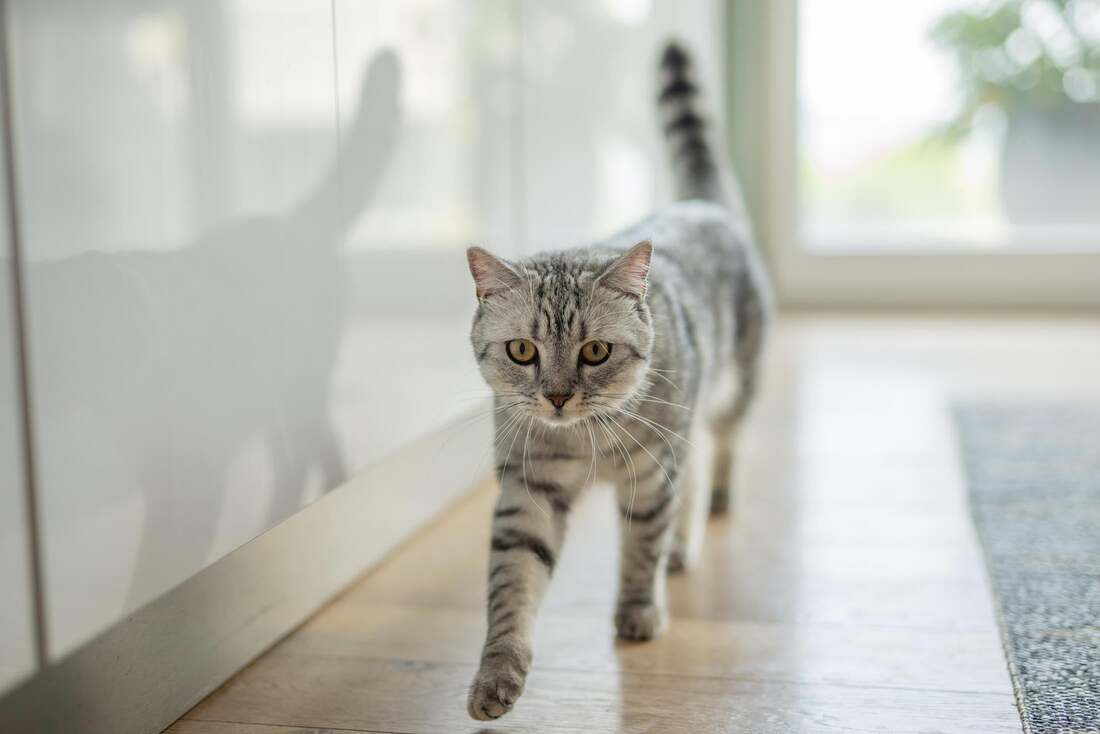
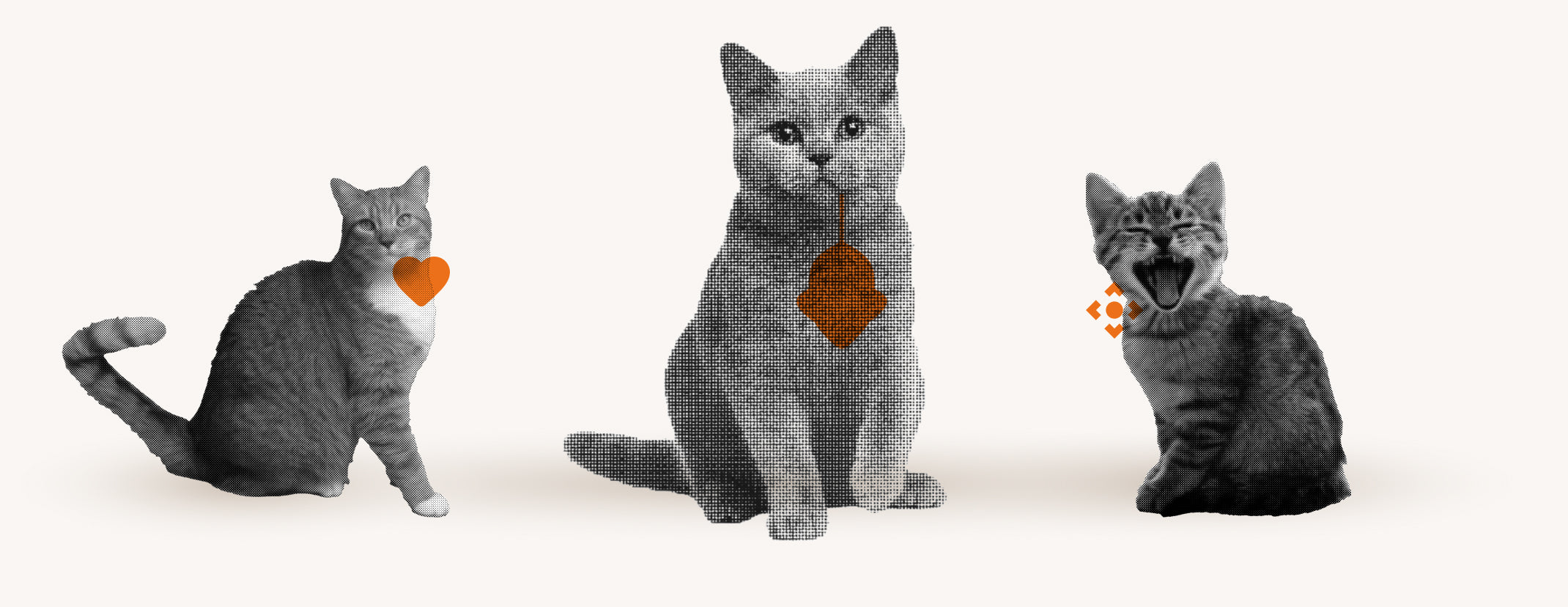
Share:
Recognizing Rabies Symptoms in Cats: A Guide